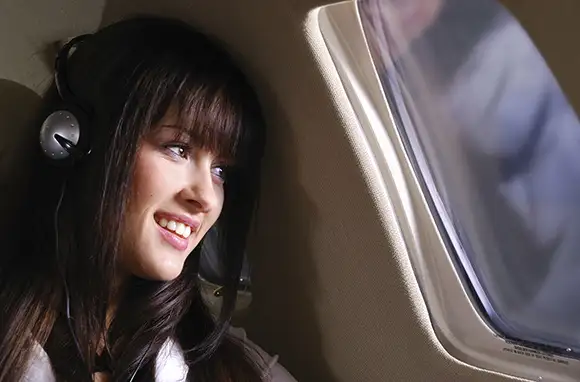
Fees, mergers, shrinking seats … enough with the bad news! Believe it or not, certain consumer-facing elements of air travel improved in 2013. New planes and airlines with flashy high-tech features debuted. Wi-Fi arrived in more cabins. And even the TSA made a few smart moves. Our conclusion? The sky’s the limit for 2014. Here’s a look at nine positive changes that shook up the air industry this year.
Image Gallery
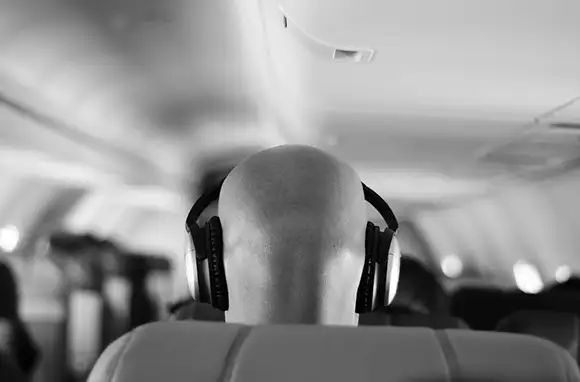
Eased In-Flight Electronic-Device Rules
The Federal Aviation Administration (FAA) announced in October that passengers were permitted to use electronic devices during all phases of a flight, including takeoff and landing. We still have to pay attention to that safety briefing, but no longer are we forced to terminate our screen time during those first and final moments of air travel. Passengers can watch videos, listen to music, or play Candy Crush Saga gate to gate and beyond. This change may benefit anxious travelers in particular, who can self soothe with empowering Lady Gaga anthems as the plane rattles down the runway and lifts into the sky.

Eased In-Flight Electronic-Device Rules
The Federal Aviation Administration (FAA) announced in October that passengers were permitted to use electronic devices during all phases of a flight, including takeoff and landing. We still have to pay attention to that safety briefing, but no longer are we forced to terminate our screen time during those first and final moments of air travel. Passengers can watch videos, listen to music, or play Candy Crush Saga gate to gate and beyond. This change may benefit anxious travelers in particular, who can self soothe with empowering Lady Gaga anthems as the plane rattles down the runway and lifts into the sky.
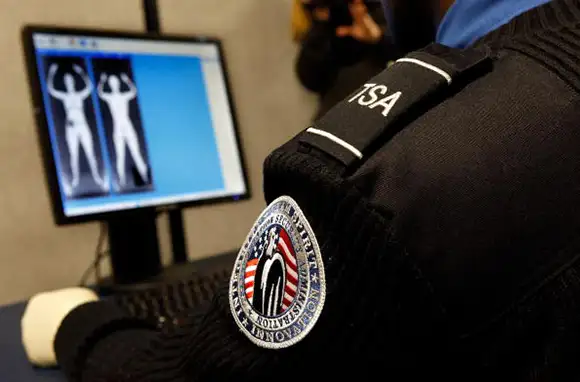
Good-bye, Backscatters
Once upon a time, the Transportation Security Administration (TSA) set up "virtual strip search" machines—also known as backscatter full-body scanners—in U.S. airports. These apparatuses produced rough images of passengers' bare bodies, private areas and all. In other words, the TSA saw us naked. Does it get much worse? Yes, it does: Backscatters potentially harmed our health; some experts raised concerns about the levels of radiation emitted from the machines. The good news is that in spring 2013, the TSA replaced all backscatter machines with millimeter wave scanners, which show vague, cartoon-like images of passengers' bodies and produce less radiation than backscatters. It's a step in the right direction.
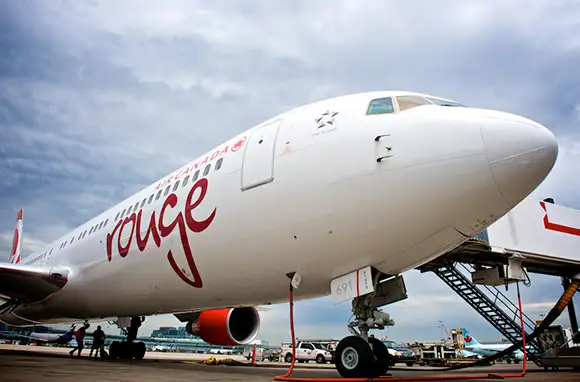
Hello, Air Canada Rouge
From Air Serbia to Elite Airways, a number of new airlines were born this year. Perhaps the most relevant one for North American flyers is Air Canada Rouge (one could call it the Virgin America of Canada), which debuted up north in July. Canada's stylish low-cost carrier shook up the leisure market with nonstop flights from Montreal and Toronto to destinations in Europe, the U.S., Central America, and the Caribbean. So far, it looks like the Air Canada subsidiary is a success. Though the airline kicked things off with just four planes, it's expanding to 17 aircraft by March 2014. As Rouge grows, it courts travelers with a "relaxed friendly ambience" and high-quality service: Rouge flight attendants receive training at the Disney Institute in Orlando.
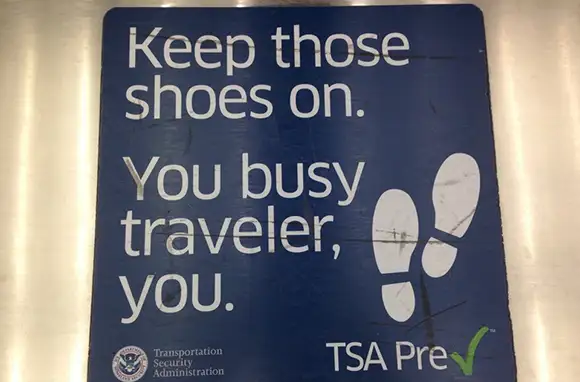
Ever-Expanding PreCheck
In November, I reported that the TSA had begun to allow select passengers into the PreCheck lane—even if they didn't already belong to PreCheck or a Trusted Traveler program. This is due to the agency's increased efforts to screen people before they arrive at the airport, using information such as property records or frequent-flyer accounts. Whether or not you agree with the agency's arguably invasive new tactics, you have to admit that it's pretty convenient to be ushered into the PreCheck lane by surprise.
Additionally, the TSA began selling PreCheck memberships to the general public earlier this month. (Prior to this, travelers needed to sign up for a Trusted Traveler program or join via an invitation from an airline.) Now, for an $85 application fee, all U.S. citizens can apply for the expedited-security program.
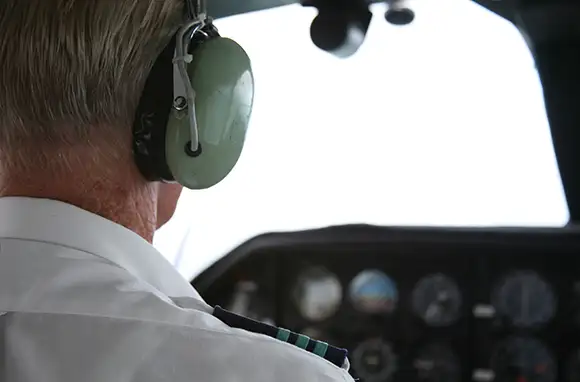
Tougher Training Requirements for Copilots
Better qualified, more experienced pilots took charge in the cockpit in 2013. As part of an ongoing campaign to improve air-travel safety after the Colgan Air plane crash in 2009, the FAA instituted stricter copilot training rules this year. Whereas copilots originally needed 250 hours of flight time to become fully certified, they now must complete 1,500 hours of flight time.
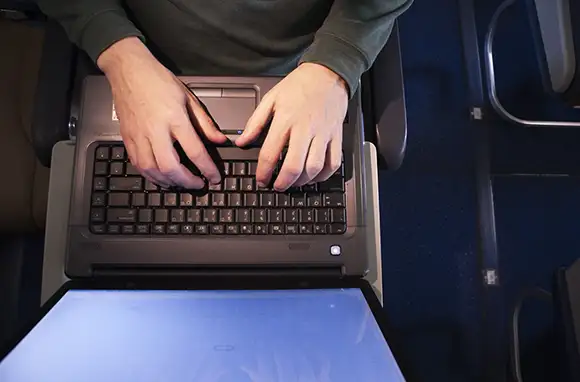
Better, Faster Wi-Fi on More Planes
This year saw many airlines rolling out super-speedy Wi-Fi systems on planes, and we're moving toward the day when every single plane in the country offers high-quality Internet connectivity. JetBlue began testing its satellite-run "Fly-Fi" Wi-Fi network in 2013. In accordance with the eased in-flight device rules, Southwest became the first U.S. carrier to offer gate-to-gate Wi-Fi. US Airways announced in July that Wi-Fi coverage was available on almost 90 percent of its fleet. And—though it's not in effect yet—the FAA set forth a proposal to provide faster Internet speeds on planes.
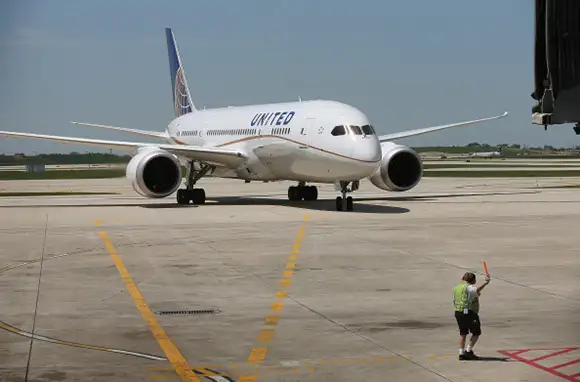
Return of the Dreamliner
After a turbulent year of battery malfunctions, emergency landings, and, finally, an FAA directive to stay on the ground, Boeing's 787 Dreamliner has resumed operations. This plane sets the bar high: The fuel-efficient, cutting-edge Dreamliner is quieter and has bigger windows than standard aircraft, and it features a more comfortable cabin altitude. Though it's had a rough start getting off the ground, (and that's putting it rather mildly), the 787 is now in service around the world.
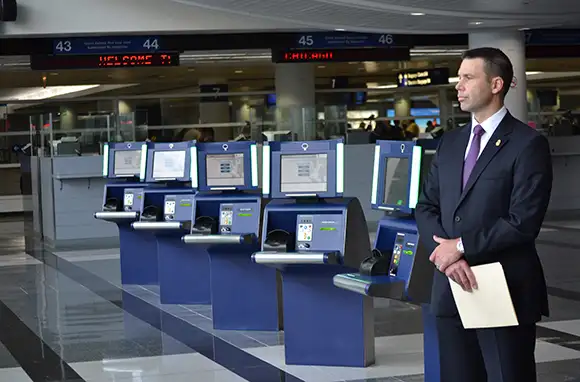
New Customs Kiosks
Global Entry members aren't the only ones who get to speed through customs these days. New automated customs kiosks at some airports in the U.S. are reducing wait times in a big way. At Miami International, New York's JFK, and Chicago O'Hare, U.S. citizens returning to the States can use a new touch-screen system to clear customs quickly, instead of waiting for hours in line to come face-to-face with a surly customs officer. At busy JFK, the new kiosks cut average wait times in half. In 2014, new kiosks are expected to pop up at Orlando International, Chicago Midway, and, hopefully, more airports to come.
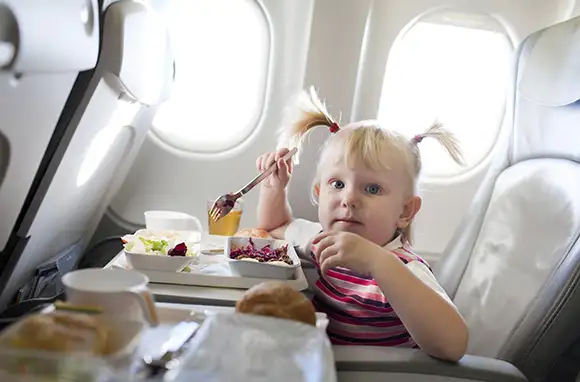
Child-Free Zones on Planes
This is likely the most controversial item on this list. Not everyone thinks it's a good idea to have kid-free zones on airplanes. Then again, there are those of us who would take absolutely any seat on the plane rather than the one adjacent to a shrieking infant or in front of a kicking toddler; for this crowd, adults-only sections are welcome sanctuary. In 2013, three airlines in Asia—Malaysia Airlines, Scoot, and AirAsia X—began offering child-free sections on planes. Is this an Eastern publicity stunt or the start of an industry-wide trend? We're not sure. Regardless, these carriers are certainly improving the air-travel experience for the easily annoyed, child-free set.
You Might Also Like:
We hand-pick everything we recommend and select items through testing and reviews. Some products are sent to us free of charge with no incentive to offer a favorable review. We offer our unbiased opinions and do not accept compensation to review products. All items are in stock and prices are accurate at the time of publication. If you buy something through our links, we may earn a commission.
Top Fares From
Today's Top Travel Deals
Brought to you by ShermansTravel
Kenya: 14-Night Tour, Incl. Tanzania &...
smarTours
 vacation
$7125+
vacation
$7125+
7-Night Bermuda Cruise From Round-Trip Cruise...
Norwegian Cruise Line
 cruise
$1036+
cruise
$1036+
Ohio: Daily Car Rentals from Cincinnati
85OFF.com
 Car Rental
$19+
Car Rental
$19+



